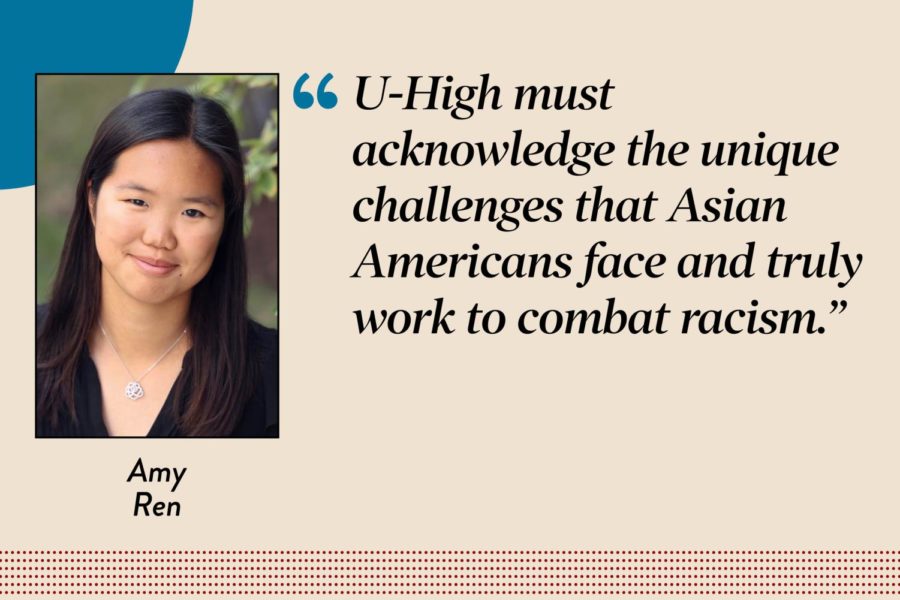“You can’t take Chinese because you are Chinese.”
“You’re already an expert. There’s nothing for you to learn.”
“It’s not fair for the other students because you speak Chinese at home.”
In second grade, when I was deciding on a world language to learn and said I wanted to pursue Chinese, I heard those comments from everyone — parents, teachers, peers. Now, as a senior, I’m able to reflect on that tingly feeling that 8-year-old me couldn’t pin down: a combination of being alienated, erased and misunderstood.
At Lab, I have never been victim to more than the school’s systemic racism and periodic microaggressions, like others assuming I’m good at math, but I’ve kept quiet about the slurs hurled at me and the post-pandemic fear of racially-motivated attacks. Since I started school, I’d been taught by those around me that I was supposed to keep my head down, work hard and acknowledge my privilege.
Without dismissing other racial and ethnic groups or minimizing their struggles, U-High must acknowledge the unique challenges that Asian Americans face and truly work to combat racism.
U-High has addressed instances where diversity, equity and inclusion are lacking, but when these shortcomings relate to race, often they center around Black students and the Black community. Without actively working to also include discussions about the struggles of the Asian American and Pacific Islander and Latinx communities, recognizing the disparity between the white and Black experiences threatens to turn the discussion of race into a binary and erase people and communities that are not white or Black.
Perpetuating this erasure is the “model minority” myth surrounding Asian Americans. As a Chinese American, I have also fallen victim to the stereotype of Asian Americans as intelligent, hardworking, excelling in education and achieving the “American Dream.” I used to believe (and still am unlearning) the expectation that I was to be one of the brightest students. When I was younger, I didn’t participate in many of my extracurriculars because I liked them, but because it was expected of me. Looking back, I feel like I lost much of my childhood bending to others’ expectations.
Despite the myth’s positive façade, it pits Asian American students against other students of color, dismisses the struggles of Asian Americans against systemic racism and lumps the wide Asian American diaspora into a falsely monolithic group. More broadly, the essence of the model minority myth simplifies Asian and Asian American experiences into a narrative easily controlled by those in power — more often than not, white people — and sets Asian Americans up for public humiliation when they fail to reach the lofty expectations crafted for them. This myth can have devastating consequences, too. Because Asian Americans are paraded as “perfectionists” and “strong,” AAPI adults are the least likely racial group to use any mental health service, over 2.5 times less likely than their white peers, according to the Substance Abuse and Mental Health Services Administration, and 73.1% of AAPI adults with a mental illness did not receive treatment, compared to 56.7% of the overall population. The model minority myth is a tool to gaslight and manipulate Asian Americans and to coerce other marginalized racial groups into division.
What U-High is doing now is not enough. It’s a start, but it’s passive. Simply including text written by AAPI authors in English courses and offering additional courses, like the AT-optional history courses Worlds of Asia I and II, that explore the experiences of nonwhite communities, is akin to putting a bandage over a wound. It leaves the dismantling of stereotypes around Asian Americans to the faculty and students who prioritize it, while those whose schedules make it difficult to participate in such courses — or those who don’t prioritize or just don’t want to learn — will miss out. But these people who aren’t actively exploring Asian American history need it the most. With the addition of the Teaching Equitable Asian American Community History (TEAACH) Act, this school year is the first in which Illinois public school students must be taught about the contributions of Asian Americans — why can’t we?
If U-High keeps the same system of “tier” requirements for history credits, mandatory units on AAPI history should be added to existing history courses like U.S. History and AT Modern World History. But maybe the “tier” requirements need to go, to ensure all students learn about the different groups, regardless if they want to or not. However, adjusting classes and curriculum will only serve to combat the root of racist ideologies if people — the true perpetrators — change. With more comprehensive education about Asian Americans, the young Lab students I saw singing at this year’s Lunar New Year celebration won’t feel like outsiders like I did. I hope they feel seen, appreciated and celebrated.
This story was originally published on U-High Midway on January 31, 2023.


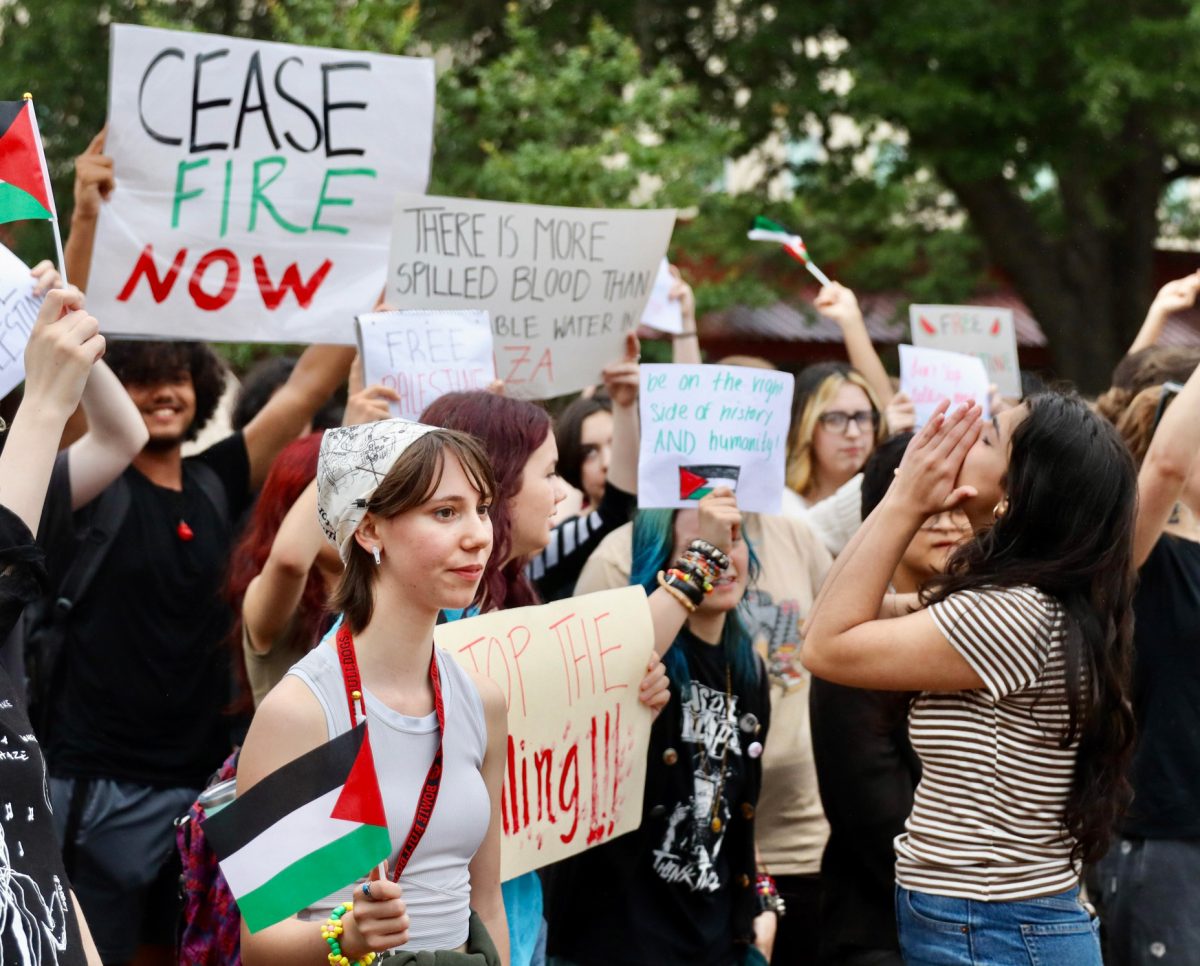
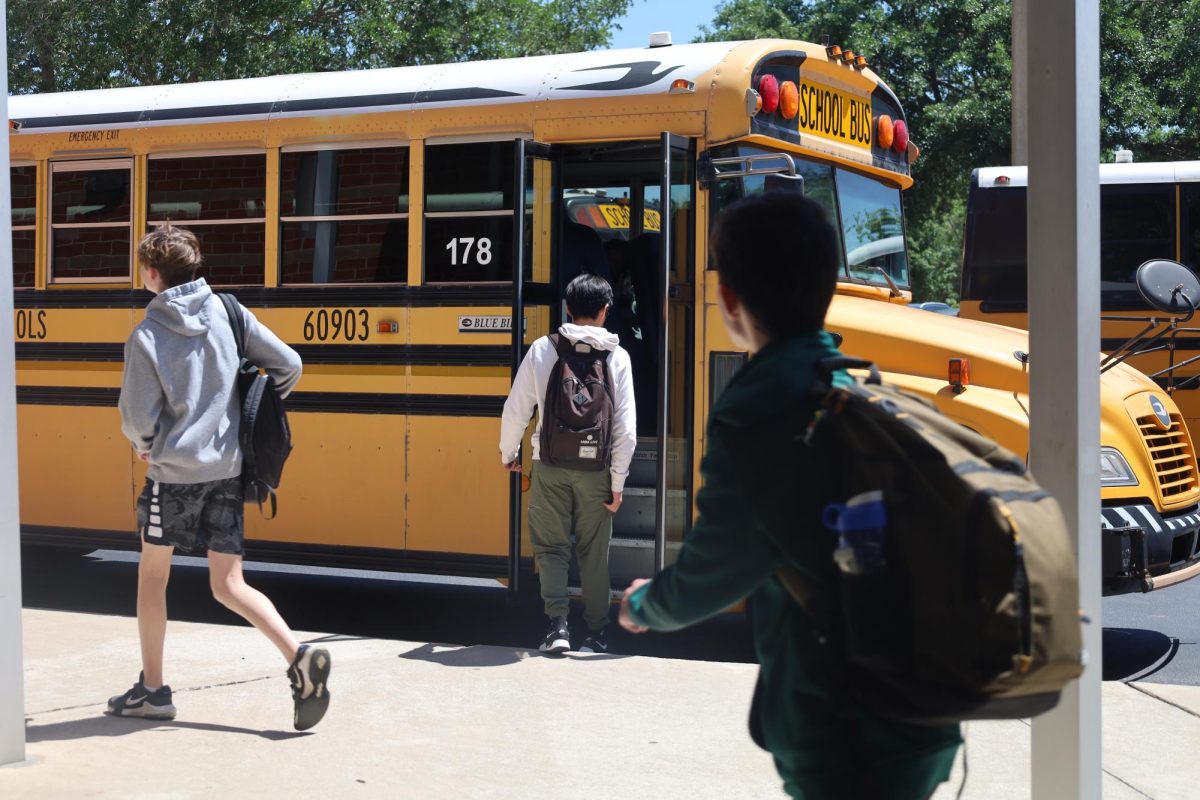



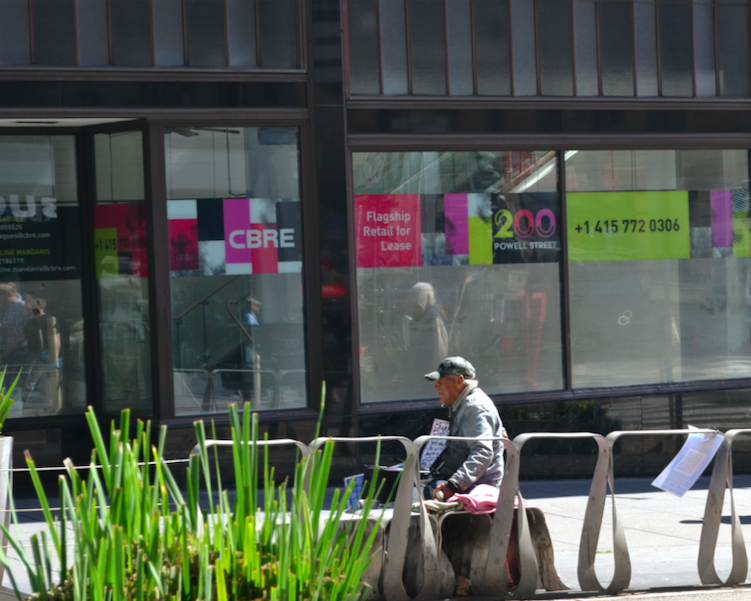


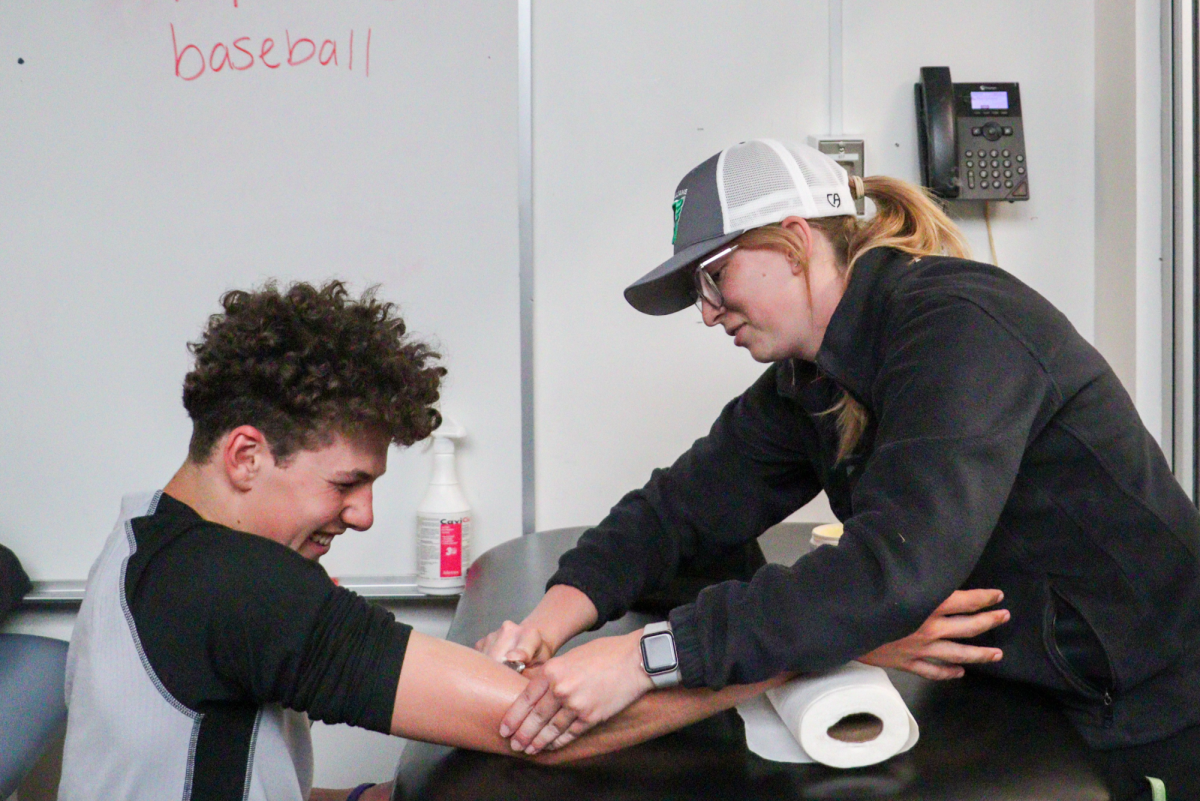

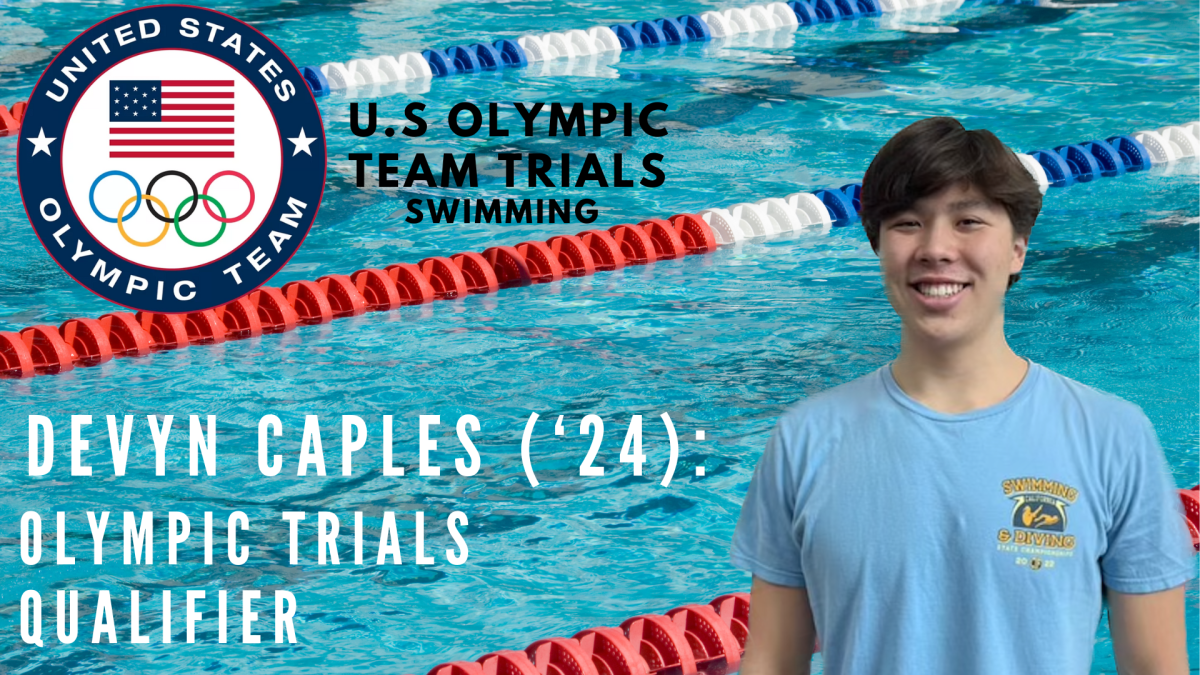


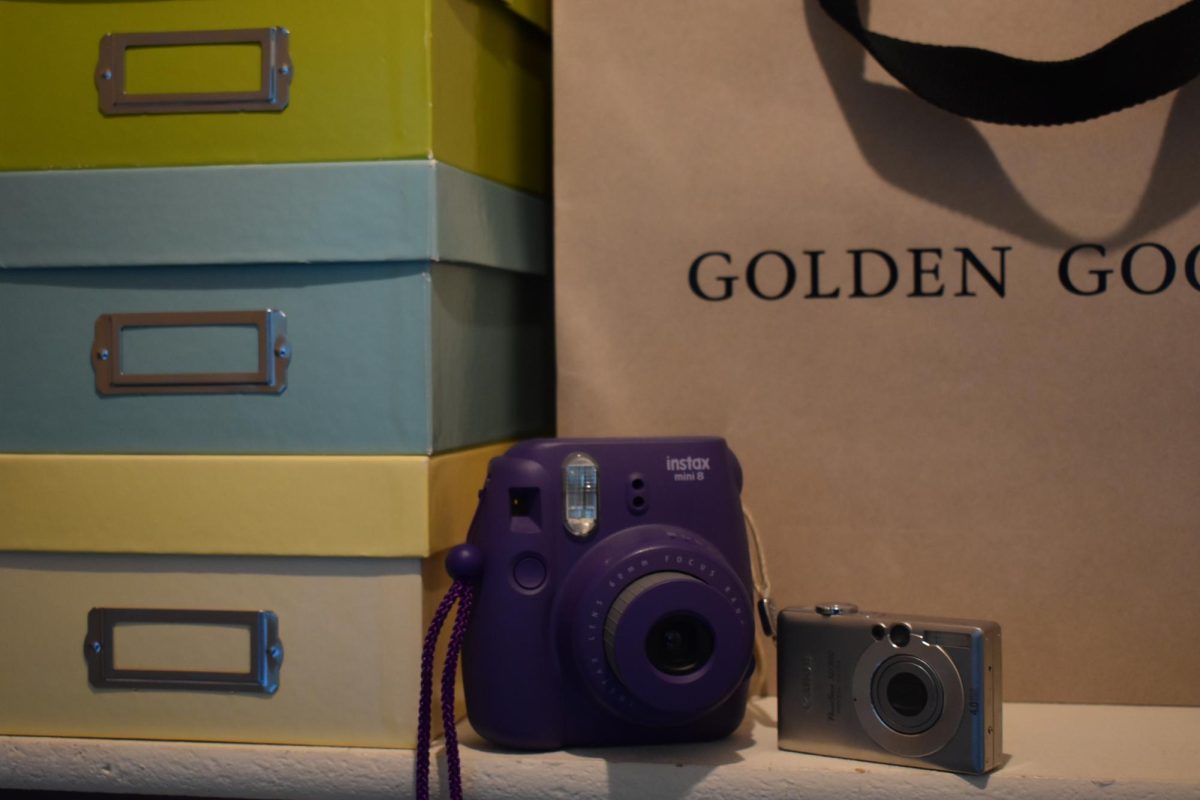
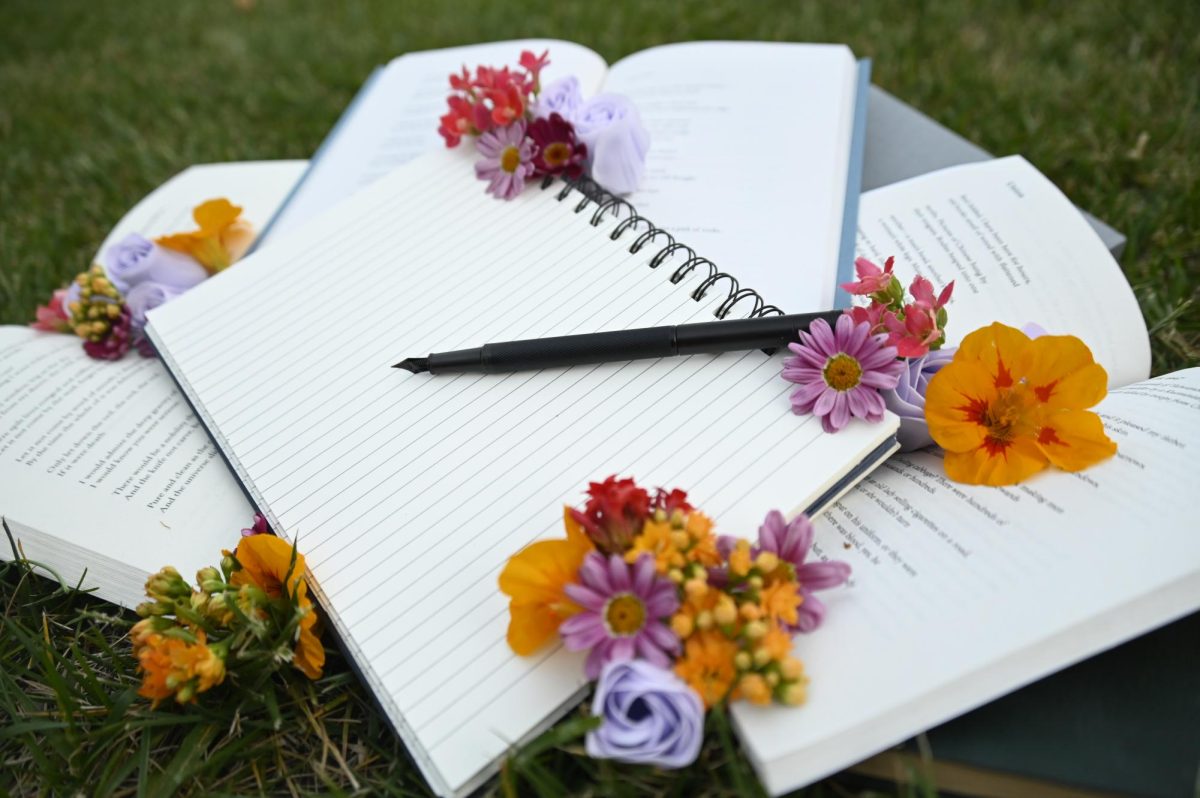




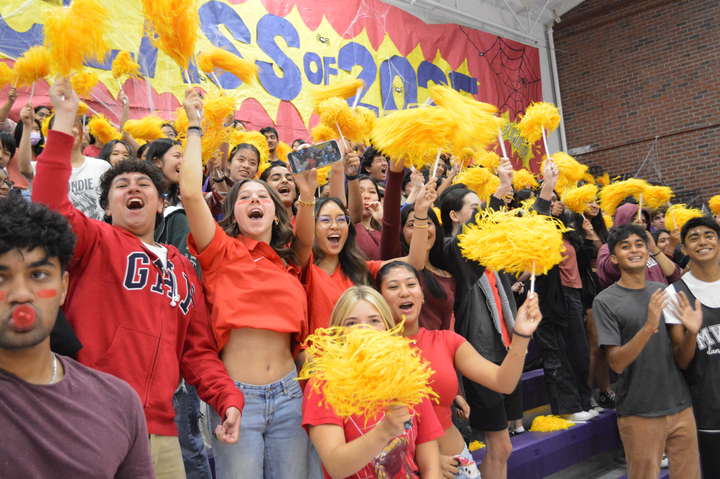
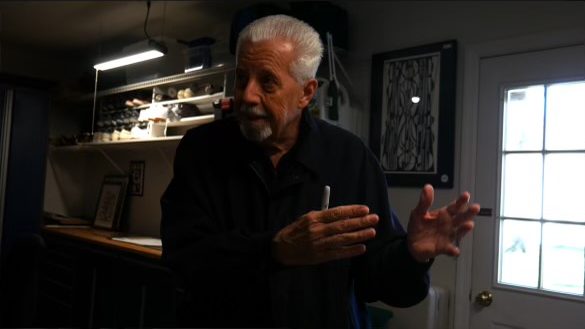
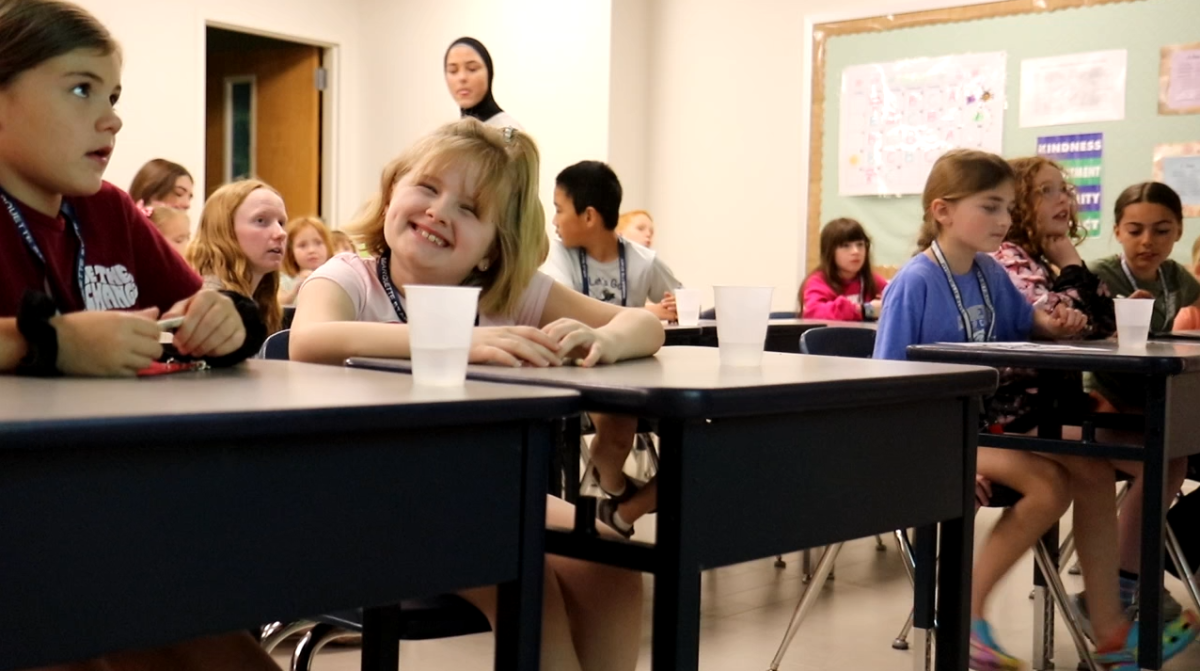








![IN THE SPOTLIGHT: Junior Zalie Mann performs “I Love to Cry at Weddings,” an ensemble piece from the fall musical Sweet Charity, to prospective students during the Fine Arts Showcase on Wednesday, Nov. 8. The showcase is a compilation of performances and demonstrations from each fine arts strand offered at McCallum. This show is put on so that prospective students can see if they are interested in joining an academy or major.
Sweet Charity originally ran the weekends of Sept. 28 and Oct. 8, but made a comeback for the Fine Arts Showcase.
“[Being at the front in the spotlight] is my favorite part of the whole dance, so I was super happy to be on stage performing and smiling at the audience,” Mann said.
Mann performed in both the musical theatre performance and dance excerpt “Ethereal,” a contemporary piece choreographed by the new dance director Terrance Carson, in the showcase. With also being a dance ambassador, Mann got to talk about what MAC dance is, her experience and answer any questions the aspiring arts majors and their parents may have.
Caption by Maya Tackett.](https://bestofsno.com/wp-content/uploads/2024/02/53321803427_47cd17fe70_o-1-1200x800.jpg)
![SPREADING THE JOY: Sophomore Chim Becker poses with sophomores Cozbi Sims and Lou Davidson while manning a table at the Hispanic Heritage treat day during lunch of Sept 28. Becker is a part of the students of color alliance, who put together the activity to raise money for their club.
“It [the stand] was really fun because McCallum has a lot of latino kids,” Becker said. “And I think it was nice that I could share the stuff that I usually just have at home with people who have never tried it before.”
Becker recognizes the importance of celebrating Hispanic heritage at Mac.
“I think its important to celebrate,” Becker said. “Because our culture is awesome and super cool, and everybody should be able to learn about other cultures of the world.”
Caption by JoJo Barnard.](https://bestofsno.com/wp-content/uploads/2024/01/53221601352_4127a81c41_o-1200x675.jpg)


